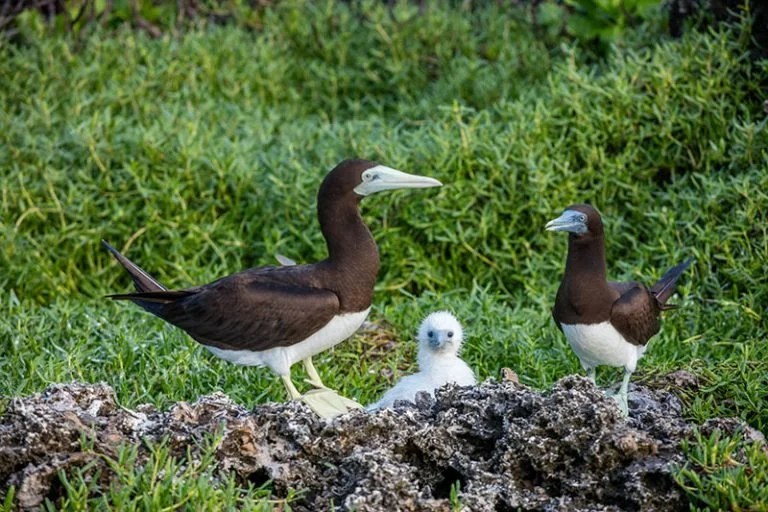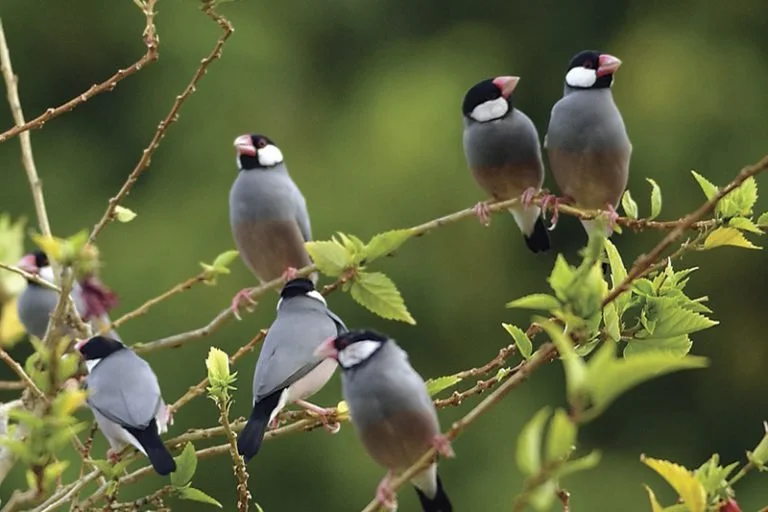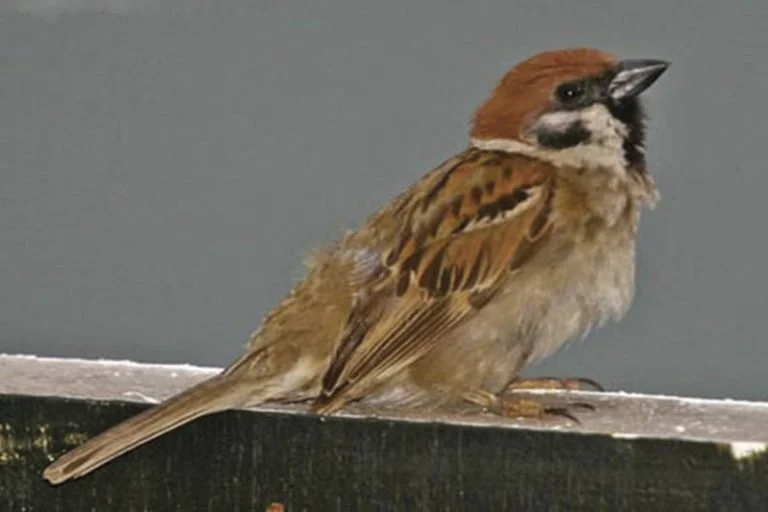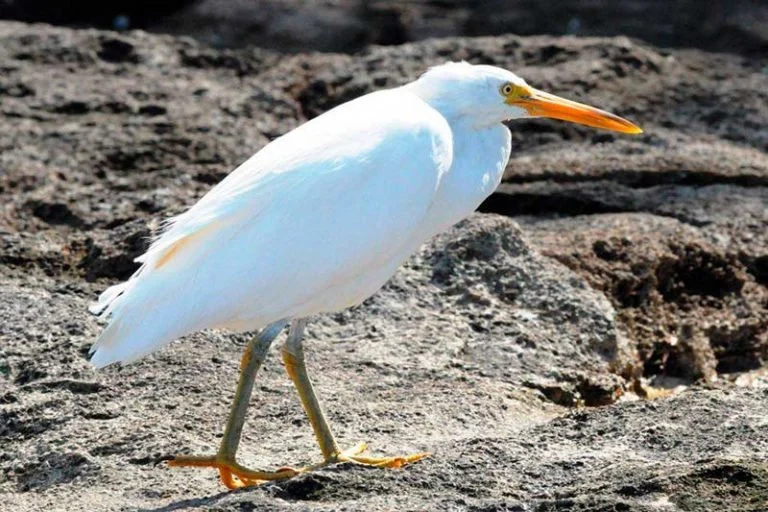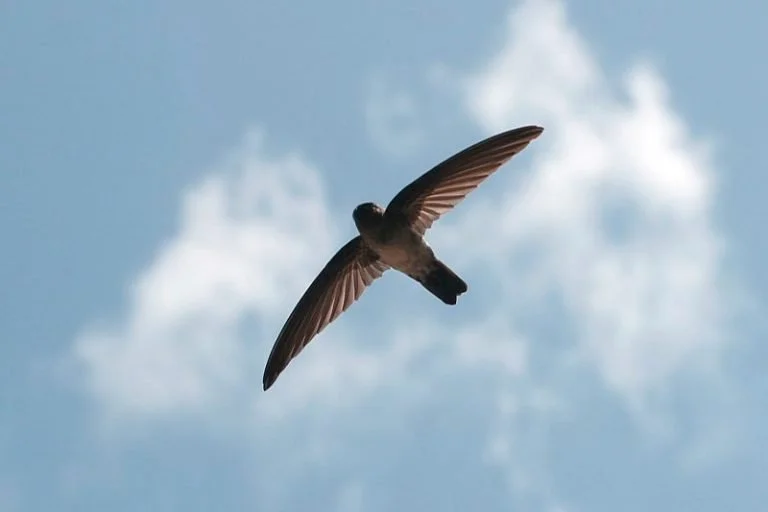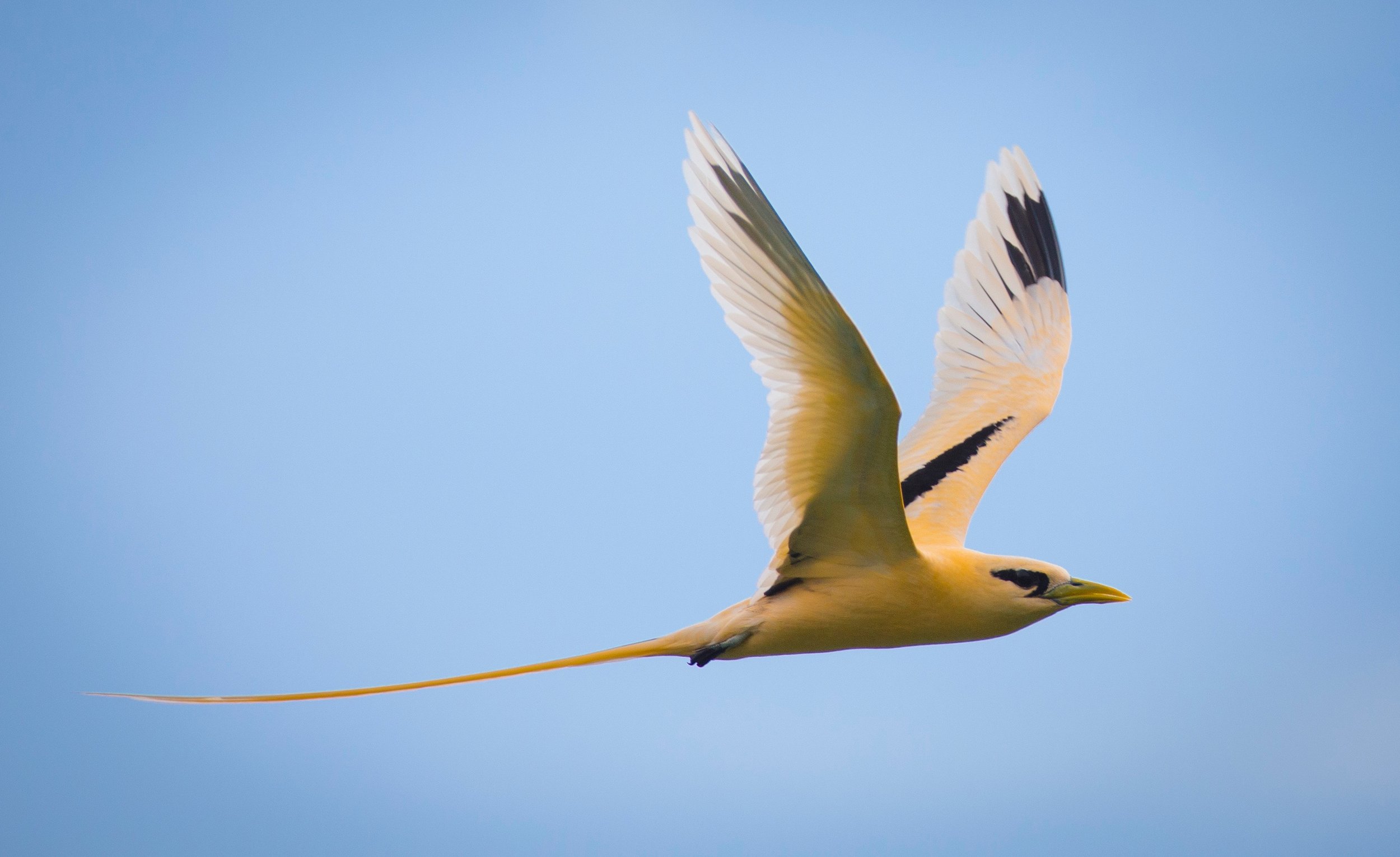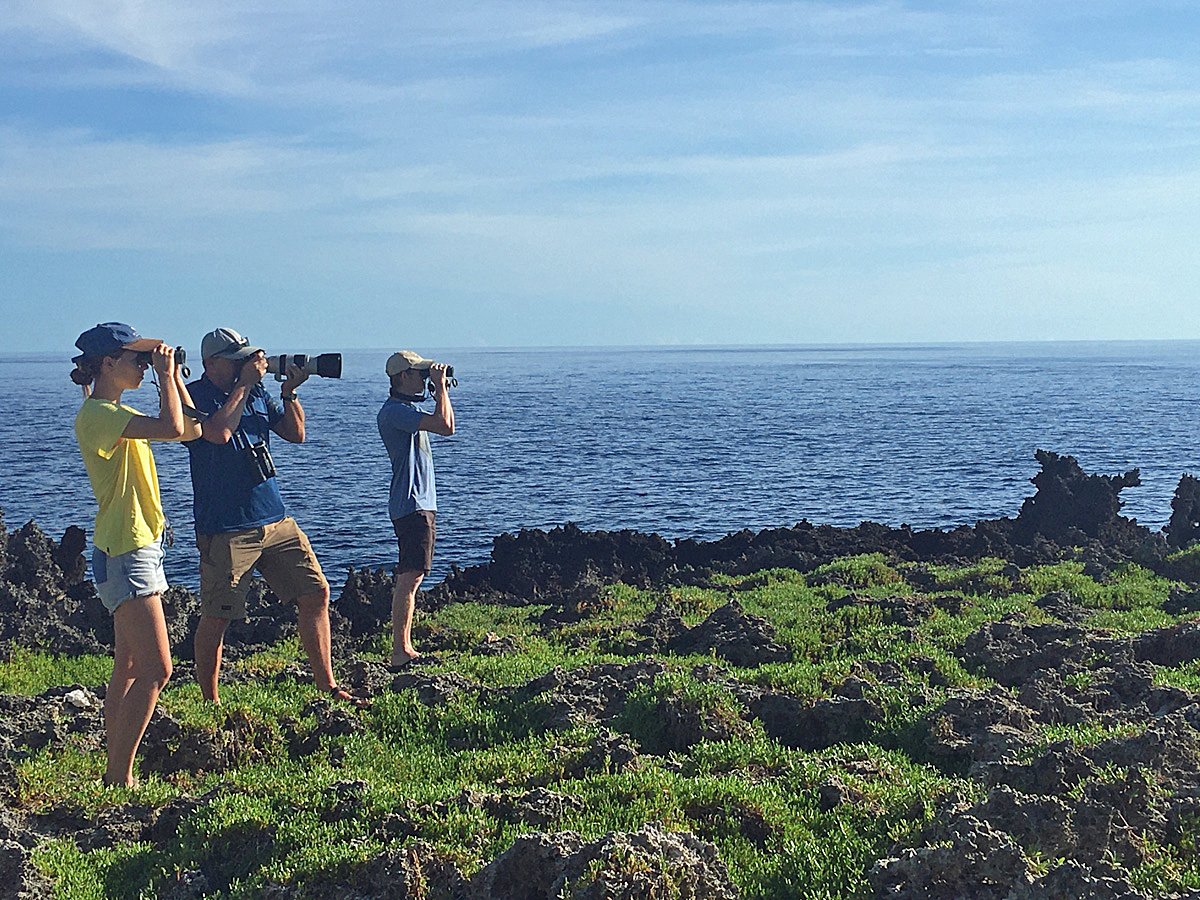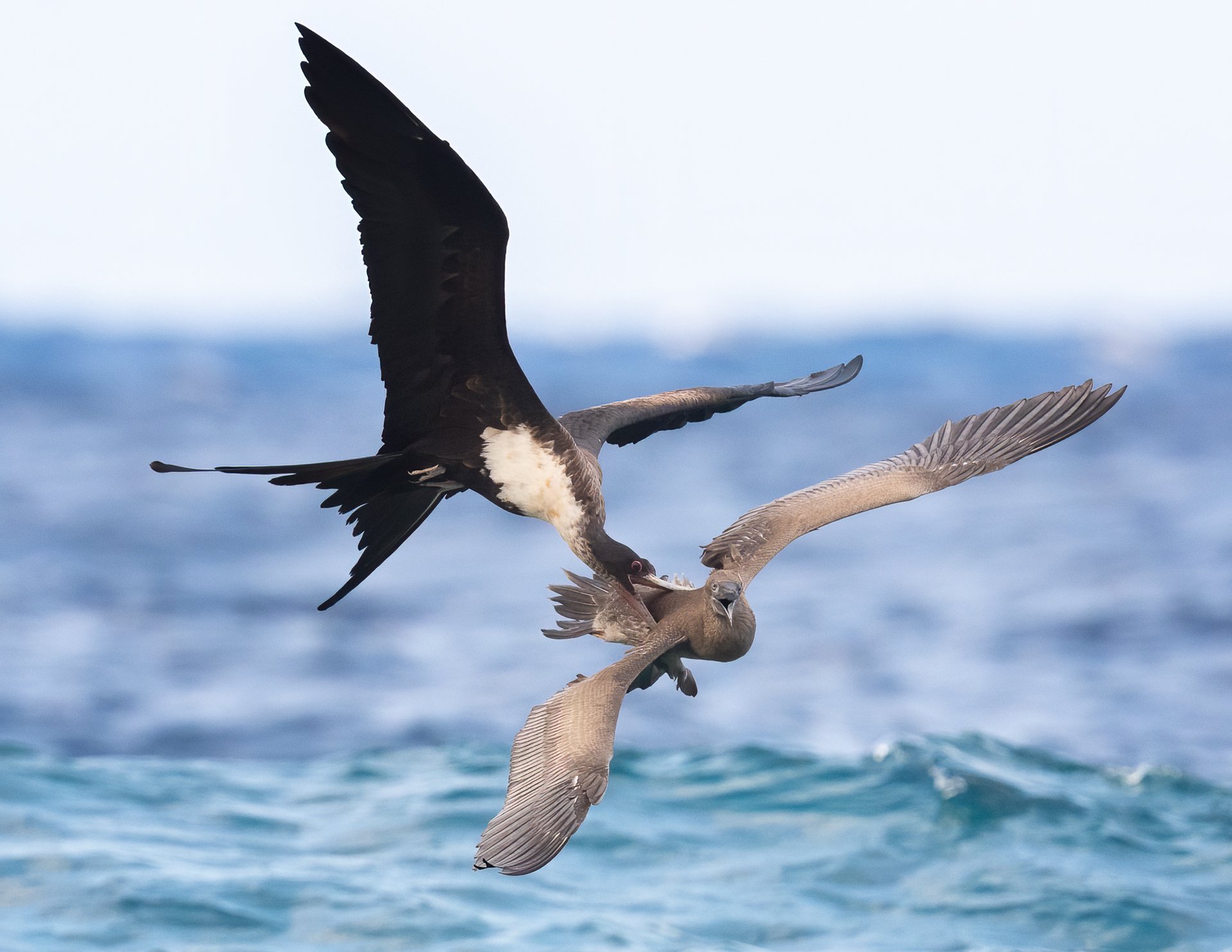
bird watching guide
christmas island
Spot the vibrant array of tropical bird life on this island paradise
This island paradise offers a rich and diverse landscape that beckons to be explored by avid bird watchers. From the lush rainforests echoing with the melodies of exotic avian species to the coastal habitats where seabirds soar the shores, Christmas Island provides a unique and unparalleled bird-watching experience that promises to ignite the passion of any feathered friend enthusiast. It’s not only the variety and numbers, but their remarkable visibility. Birds can be seen everywhere on the Island, at just about any time of the day. So you can arrive confident you will easily tick off a full list over a busy week, or a more relaxed fortnight. The symphony of birdlife becomes the soundtrack to your exploration, making Christmas Island an ideal haven for those seeking an immersive and rewarding birdwatching adventure amidst stunning natural landscapes.
BIRD WATCHING GUIDE

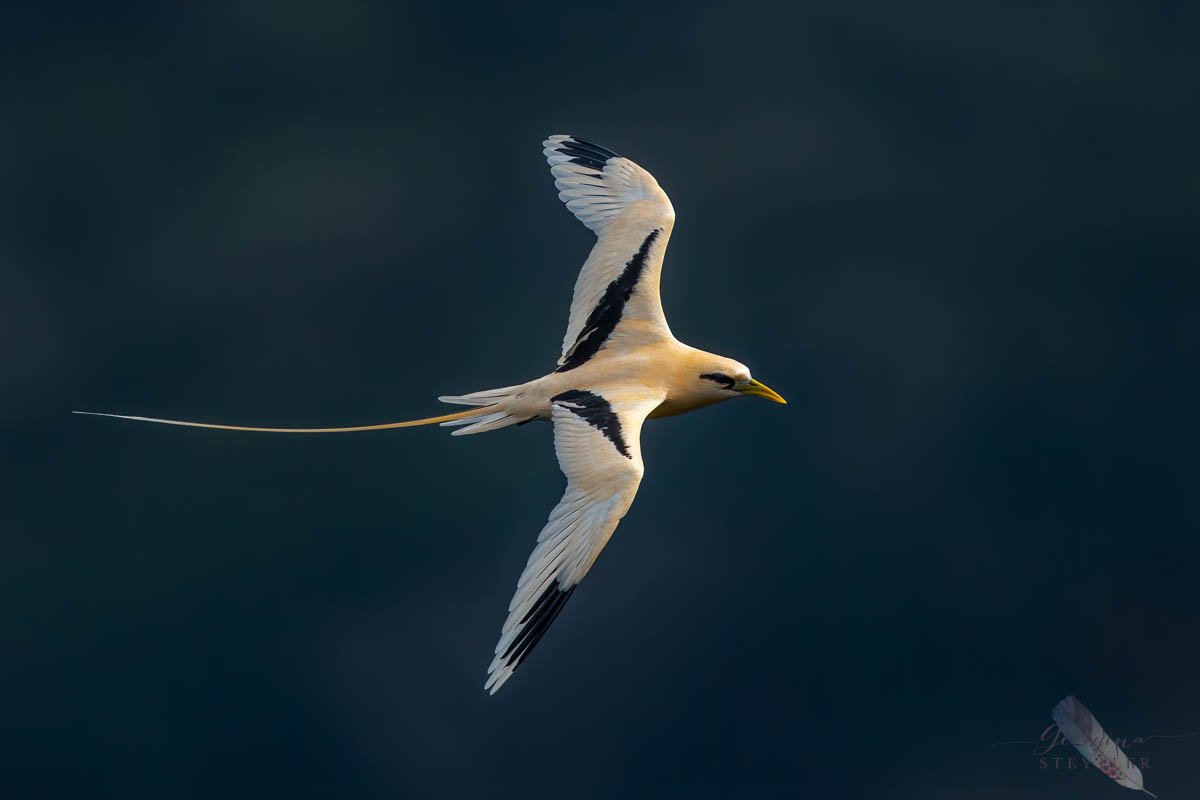
CHRISTMAS ISLAND BIRD GUIDE
-
![Christmas Island frigatebird]()
Christmas Island frigatebird
(FREGATA ANDREWSII)
Voice: Display call of male sounds like a police siren; a slow kow-wow-kow-wow…; male rattles bill during display. All ages give reeling screeches, and snap bill. Juvenile begs with repetitive screeching.
Status & distribution: World’s rarest frigatebird, listed as critically endangered. Nest only on Christmas Island. About 1,200 breeding pairs. Nest in trees on shore terrace behind Chinese cemetery, Golf Course and Smith Point. Frequently seen flying over Settlement.
Breeding: Colonial nester in tree canopy, with up to 40 nests in a single tree. Male display begins in late December and continues till May. Nests from late January through September. Single egg. Young fed near nest site until June-August of the following year. -
![great frigatebird]()
great frigatebird
(FREGATA MINOR LISTERI)
Voice: Display call of male a fast warbling wow-wow-wow-wow…, faster and higher than Christmas Island frigatebird; male rattles bill during display. All ages give reeling screeches, and snap bill. Juvenile begs with repetitive rhythmic screaming.
Status & distribution: Wide tropical distribution, breeding on remote islands. This endemic subspecies has perhaps 3,300 breeding pairs. Nests in trees on shore terraces (South Point, North West Point, Golf Course and Ethel Beach and some upper terraces (Drumsite).
Breeding: Colonial nester in tree canopy, with up to 50 nests in a single tree. Male display begins in January and continues until May. Nests from late January through August. Single egg. Young fed near nest site until June-August of following year. -
![Abbott’s booby]()
Abbott’s booby
(PAPASULA ABBOTTI)
Voice: Adults – deep bellow; males and females duet in short bursts. Juveniles beg when parent near. More vocal in the late afternoon.
Status & distribution: Listed as Endangered. Nests only on Christmas Island. Population reduced due to clearing of forest for mining. Estimated population of approx. 3,000 mature pairs.
Breeding: Nest in tall rainforest trees on central plateau, May to November. Single egg. Young fed at nest site until July-September of following year. -
![Red footed booby]()
Red footed booby
(SULA SULA RUPRIPES)
Voice: Grating metallic kar-uk, karr-uk, when landing. Noisey at nest, omitting hoarse growls. Chicks on nest sometimes click incessantly.
Status & distribution: Wide tropical distribution. Nest mostly on shore terraces. Possibly 12,000 breeding pairs. Commonly seen flying over Settlement. Nesting birds may be seen in the trees behind the Chinese cemetery and at Ethel Beach.
Breeding: Colonial. Nest in trees, from March to September. Single egg. Bulky nest of sticks and leaves.any time of the year. Single egg. -
![BROWN BOOBY]()
BROWN BOOBY
(SULA LEUCOGASTER PLOTUS)
Voice: Female – throaty honk. Male -a wheezy whistle.
Status & distribution: Wide tropical distribution. Perhaps 5,000-7,000 breeding pairs on Christmas Island. Nest on ground among pinnacles along sea-cliff and on edge of first inland cliff.
Breeding: Colonial ground nester. Lay one or two eggs but only rear one chick. Occupy nest site year round and may breed in any month. Adults and chicks at nest should not be approached more closely than 5-10 m. -
![]()
WHITE TAILED TROPICBIRD
(PHAETHON LEPTURUS FULVUS)
Voice: High-pitched, harsh squawks and chatters.
Status & distribution: White morph has wide tropical distribution. The endemic subspecies on Chrismas Island has unique golden morph, but about 10 per cent are white morph. Perhaps 6,000-12,000 breeding pairs. Also seen in plateau forest.
Breeding: Nest in holes in sea cliff, inland cliff and holes in trees. Nest at any time of the year. Single egg. -
![RED TAILED TROPICBIRD]()
RED TAILED TROPICBIRD
(PHAETHON RUBRICAUDA WESTRALIS)
Voice: Sharp, crackling kerek-kerek…with rolling ‘rs’ and sharp ‘ks’ during aerial display. Also various high-pitched barks and screeches.
Status & distribution: Wide tropical and sub-tropical distribution. Possibly 1,400 breeding pairs on the island.
Breeding: Extended nesting season over most of the year. Nest on ground under ledges or vegetation on coast and first inland cliff. Single pinkish egg laid in shallow scrape on ground. Both parents share parental duties. -
![COMMON NODDY]()
COMMON NODDY
(ANOUS STOLIDUS)
Voice: Low-pitched, guttural croaks and harsh croaks. Chicks beg with soft rising whistle.
Status & distribution: Wide tropical distribution. Possibly 5,000 breading pairs on island.
Breeding: Nest in crevices on the sea cliff, and in trees on the coastal terrace at some places. Most members of the population are migratory and nest from April to September. Small numbers appear to be sedentary and nest on the north coast from November to March. Single egg. -
![COMMON EMERALD DOVE]()
COMMON EMERALD DOVE
(CHALCOPHAPS INDICA NATALLIS)
Voice: Low, soft, mournful coo, drawn out and monotonous: uuuut, uuuut.
Status & distribution: Widely distributed species in Southeast Asia and along the northern and eastern coasts of Australia. The endemic subspecies on Christmas Island is listed as vulnerable. On Christmas Island, frequently seen foraging on lawns and forest tracks. Population size unknown but quite common.
Breeding: Probably nest mainly in the wet season, November to March. Lay two eggs. -
![Christmas Island imperial pigeon]()
Christmas Island imperial pigeon
(DUCULA WHARTONI)
Voice: Generally silent. Short, soft chirr sometimes given in flight.
Status & distribution: Endemic subspecies is common on Christmas Island. These birds eat forest fruits.
Breeding: Nest in canopy and understory trees, mainly in the wet season, November to April, usually 2-3 eggs. -
![Nankeen kestrel]()
Nankeen kestrel
(FALCO CENCHROIDES)
Voice: Rapid, shrill ki-ki-ki-ki and slower tek-tek-tek…. More frenzied than goshawk.
Status & distribution: Australia to New Guinea. Colonised Christmas Island between 1940-1950. Very common in settled areas, mining fields and beside roads. Perch on high vantage points dropping onto grasshoppers and lizards.
Breeding: Nest in coconut palms, on power pylons and buildings around settled areas -
![Brown Goshawk (Christmas Island Sub species)]()
Brown Goshawk (Christmas Island Sub species)
(ACCIPITER FASCIATUS NATALIS)
Voice: Slow, high-pitched and piercing ki-ki-ki
Status & distribution: Distinctive sub species or (probably) species only in Christmas Island. Listed as endangered. In both plateau and terrace forest. Not usually seen near settled areas. Often seen at roadside edges on the plateau. Numbers unknown, perhaps a few hundred individuals. Mostly eat other birds but also take grasshoppers from road sides.
Breeding: Build a large and untidy nest platform of sticks in forest trees. Season spread. Raise one or sometimes two chicks. -
![CHRISTMAS ISLAND BOOBOOK]()
CHRISTMAS ISLAND BOOBOOK
(NINOX NATALIS)
Voice: Very vocal, and frequently duet. Two or three note boo-book or book-book-book. Short growling notes repeated monotonously. Male’s voice slightly higher than female’s, and he tends to lead duets.
Status & distribution: Endemic to Christmas Island. Listed as vulnerable. Approximately 500 pairs. Hold territories in both plateau and terrace forest.
Breeding: Nest in hollows high in rainforest trees. Only a handful of nests located, all in Syzygium trees, but they also hold territories where these trees are absent. -
![ISLAND THRUSH]()
ISLAND THRUSH
(TURDUS POLIOCEPHALUS ERYTHROPLEURUS)
Voice: Highly varied. Thin, nasal, drawn-out whistle: tseeeeeet. Song (at dawn and dusk) reedy, reeling, musical jingle.
Status & distribution: Endemic subspecies on Christmas Island, listed as vulnerable. Common throughout the forest and settled areas. Feed on ground; often tame and curious.
Breeding: Nest in wet season in low shrubs and on ledges of buildings. May raise several broods in succession Usually two, sometimes three eggs. Territorial. -
![Christmas Island white-eye]()
Christmas Island white-eye
(ZOSTEROPS NATALIS)
Voice: Thin high song, not often heard. Feeding flocks emit continuous contact chirps and short warbles, and high-pitched tseep. Alarm call a sharper ticking, which sometimes betrays presence of a goshawk or hawk-owl.
Status & distribution: Found only on Christmas Island. Related species occur in Asia, the Pacific and Australia. Common in all habitats.
Breeding: Nest mostly in wet season. Nest is small open cup in bushes. Usually 2-3 eggs. -
![JAVA SPARROW]()
JAVA SPARROW
(PADD ORYZIVORA)
Voice: In flight, give a sweet, tinkling chup or twit contact call.
Status & distribution: Introduced between 1908 and 1923 from Java. Restricted to settled areas and roadsides, principally where grass seeds available. Probably 50-100 birds. Travel in large flocks.
Breeding: Nests have been found in May-July and August. Sites vary: hollows in trees, cavities in buildings, in dense creepers and bushes, 2-5 m high. Nests in vegetation globular with side entrance but those in cavities lack a roof. Newly fledged juveniles join flocks in June to August. -
![Eurasian Tree Sparrow]()
Eurasian Tree Sparrow
(PASSER MOUNTANUS)
Voice: A great variety of simple, dry chirping and chattering sounds.
Status & distribution: A ship assisted introduction in the early 1980s. Has spread to all main settled areas of the island. Native to Europe and Asia.
Breeding: Nest in cavities in roof spaces, poles and buildings. Apparently nest after dry season, and juveniles join flocks in June-August. -
![Medium Egret]()
Medium Egret
(ARDEA INTERMEDIA)
Voice: Normally fairly silent, Most vocalisations are quiet, and its soft buzzing call is unique among herons. Soft repeated “Glock” call, rendered “glock, glock”, and harsh “Kroo” call, rendered “ kroo, kroo”, are alarm calls
Status & distribution: A newly described species. the only place in Australia you can see it is on Christmas Island and Cocos Keeling Islands.
Breeding: Nests in colonies with other herons, usually on platforms of sticks in trees or shrubs. The typical clutch size is 2 or 3 eggs but there can be as many as 6 eggs in a clutch, the colour of the eggs is pale green, with a smooth, slightly pitted shell. -
![White-breasted waterhen]()
White-breasted waterhen
(AMAURORNIS PHOENICURUS)
Voice: Loud kor-wak-wak kor–wak-wak…; slow, loud wok, wok, wok…., often in duets and repeated incessantly, especially at dusk and early evening.
Status & distribution: Widely distributed in southern Asia. Colonised Christmas Island in 1991-92. About 200 pairs now present, gradually spreading. Live here in weed thickets.
Breeding: Nest in dense vegetation on the ground or in pandanus crowns. Chicks leave the nest on hatching. -
![Eastern reef egret]()
Eastern reef egret
(ERGRETTA SACRA)
Voice: Occasionally a guttural croak.
Status & distribution: Widespread throughout Indo-Pacific, including Australasia. Mostly on rocky platforms and beaches anywhere along the coast. Sometimes at golf course, Chinese cemetery or in the Dales. Dark grey morph also present.
Breeding: Nests found near Dolly and Ethel beaches. Probably breeds at many spots on Island, but few nests have been found. -
![Christmas Island Swiftlet]()
Christmas Island Swiftlet
(COLLOCALIA NATALIS)
Voice: Generally silent. Short, soft chirr sometimes given in flight.
Status & distribution: Endemic species is common on Christmas Island. Hawk for insects over roads and clearings and over forest canopy.
Breeding: Nest in caves e.g. in inland cliff opposite Seaview Lodge. Nest a half cup of mosses and saliva cemented to cave wall. Two eggs.





